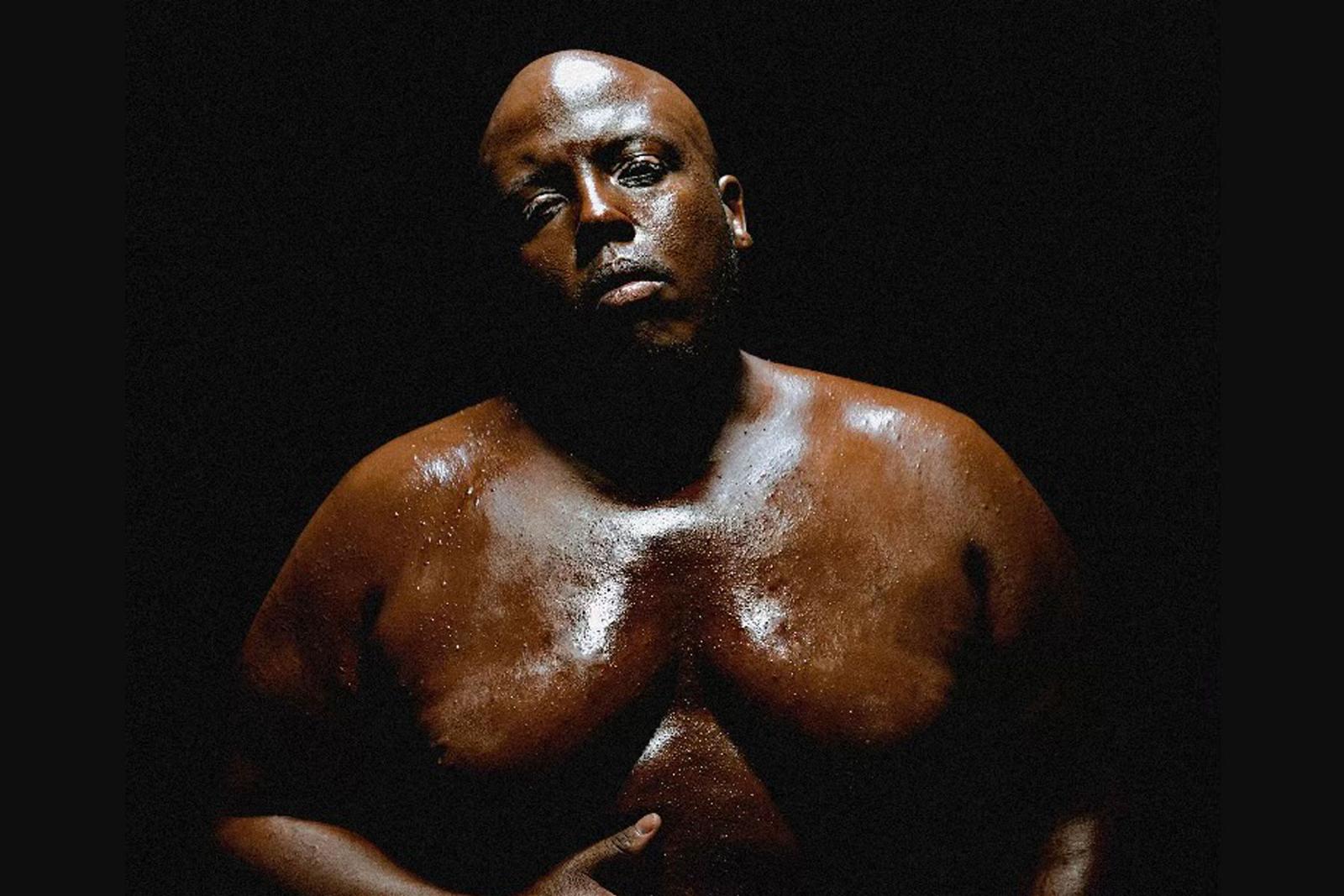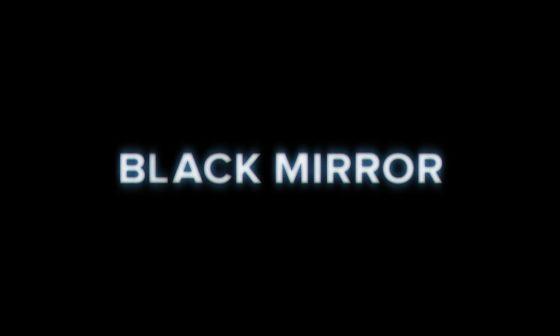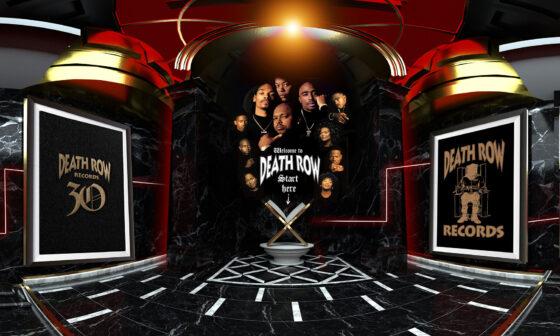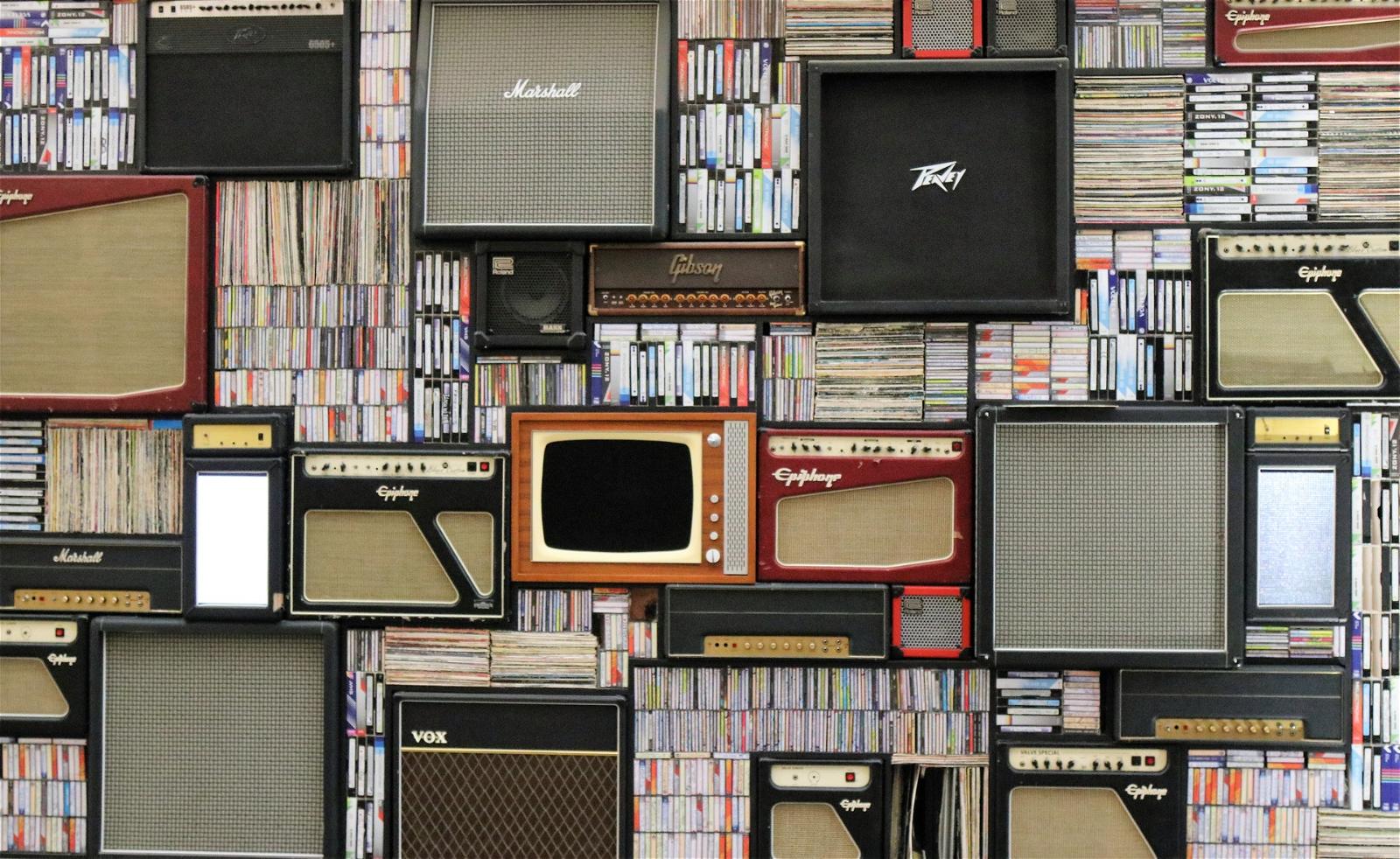The hip-hop world mourns the loss of one of its most authentic voices. West Coast rapper Saafir, celebrated for his intricate lyricism, collaborations, and unforgettable role in the 1993 film Menace II Society, passed away at the age of 54. His contributions to hip-hop and cinema left an indelible mark, bridging art forms and influencing generations of artists. As we reflect on his legacy, we uncover the depth of his impact on West Coast culture and beyond.
Saafir’s Beginnings: A Rising Star in West Coast Hip-Hop
Born Reggie Gibson in Oakland, California, Saafir grew up surrounded by the rich musical traditions of the Bay Area. His upbringing in the heart of West Coast culture influenced his artistry and propelled him into the hip-hop scene during its golden era. With a unique ability to weave storytelling into his lyrics, Saafir quickly made a name for himself among underground hip-hop fans.
In 1994, Saafir released his debut album, Boxcar Sessions, a critically acclaimed project that showcased his intricate rhyme schemes and innovative production. Tracks like “Light Sleeper” and “Battle Drill” demonstrated his ability to tackle complex themes with sharp lyricism and raw emotion. While not achieving mainstream success, Boxcar Sessions remains a cult classic and a testament to Saafir’s skills as a true wordsmith.
Collaborations That Cemented His Legacy
While Saafir’s solo work garnered respect, his collaborations elevated him to a wider audience. He joined forces with fellow West Coast rap icons Xzibit and Ras Kass to form the Golden State Project (originally Golden State Warriors, renamed to avoid confusion with the basketball team). Together, the trio created some of the most celebrated tracks in underground hip-hop, blending sharp lyricism with high-energy production.
One of their standout collaborations, “3 Card Molly,” became an anthem for fans of West Coast rap. The chemistry between Saafir, Xzibit, and Ras Kass was undeniable, and their work collectively raised the bar for lyrical excellence in the region.
Xzibit, a longtime collaborator and close friend, shared his grief on social media after Saafir’s passing. “We have so much history I can’t even explain what I’m feeling right now. We surrounded him and let him know how much we loved him. He can rest now,” Xzibit wrote, reflecting the deep bond the two shared.
Saafir’s Dual Legacy: From the Mic to the Screen
Saafir’s impact extended beyond music. In 1993, he made a lasting impression in the critically acclaimed film Menace II Society. Playing the role of Harold, Saafir brought depth and authenticity to his character, cementing his place in the legacy of hip-hop cinema. The film remains a cultural touchstone, exploring the harsh realities of urban life and giving a voice to stories often overlooked in mainstream media.
Saafir’s role in Menace II Society demonstrated the potential for hip-hop artists to transcend music and excel in other creative fields. His work in the film resonated with audiences, bridging the gap between the streets and the screen, and paved the way for future artists to explore acting.
The Challenges Saafir Faced
Despite his talents, Saafir’s career was not without struggles. In the 2000s, Saafir faced serious health challenges, including spinal issues that limited his mobility. These health problems affected his ability to perform and record music, but they never diminished his passion for the art form. Saafir’s resilience and determination to continue creating, even in the face of adversity, further solidified his status as a true artist.
A Legacy Rooted in Authenticity and Innovation
What set Saafir apart was his unwavering authenticity. In a time when hip-hop often celebrated excess and bravado, Saafir remained true to his roots, offering a raw and unfiltered perspective. His willingness to take creative risks, both lyrically and musically, paved the way for future generations of artists seeking to push the boundaries of hip-hop.
The Golden State Project exemplified this innovation, blending socially conscious themes with intricate wordplay. Saafir’s ability to collaborate while maintaining his unique style left a lasting impact on his peers and fans alike.
The Hip-Hop Community Reacts
Saafir’s passing has prompted an outpouring of tributes from fans and fellow artists. Many have taken to social media to share their memories of Saafir’s work and the influence he had on their own artistry. For a generation of hip-hop enthusiasts, Saafir represented the purity of the craft—a dedication to the art of lyricism and storytelling that defined an era.
Honoring Saafir’s Memory Through His Work
Saafir’s music and performances remain a powerful reminder of his artistry and vision. Albums like Boxcar Sessions, collaborative tracks with the Golden State Project, and his role in Menace II Society offer a timeless snapshot of his contributions to the culture.
For those looking to honor his memory, revisiting his discography and sharing his work with new listeners is a meaningful way to keep his legacy alive. Saafir’s journey, marked by creativity, resilience, and a commitment to authenticity, continues to inspire and resonate.
A Lasting Impact on Hip-Hop and Film
Saafir’s life and career serve as a reminder of the profound influence one artist can have across multiple mediums. Whether through his lyrics, his role on screen, or his collaborations, Saafir embodied the essence of creativity and innovation. While his time was tragically cut short, his contributions will live on, influencing future generations of artists and storytellers.






